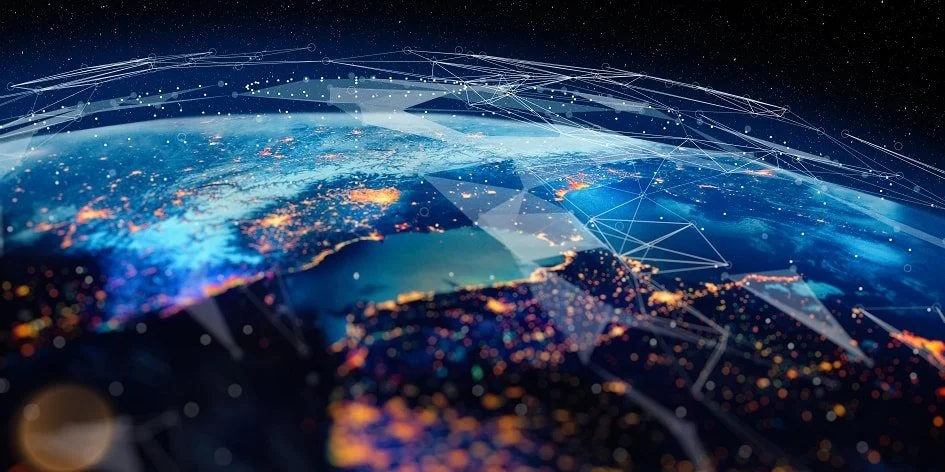
Frequently asked questions.
1. What kind of clients do you work with?
We provide specialist data analysis and strategic reporting for a wide range of clients, including:
Local Councils and Government Agencies
Large Environmental and Engineering Consultancies (as a specialist sub-contractor)
Natural Resource Management (NRM) Groups
Carbon Project Developers (specialising in Blue Carbon)
University Research Teams and other NFPs
2. What is "Catchment-to-Coast" analysis?
This is our core philosophy. It recognises that coastal and marine ecosystems, such as seagrass meadows or reefs, are directly affected by land-based activities like catchment land use, development, and river runoff. Our analysis links these two systems, helping you to target the root cause of an environmental issue rather than just its symptoms.
3. What is a "Strategic Desktop Study"?
This is one of our key services. It's a comprehensive, fully remote report that addresses a complex environmental question. We synthesise all available data, including satellite archives, academic literature, government sources, and LiDAR, to identify the drivers, risks, and management gaps for a specific issue, such as a catchment's health or the cause of a habitat dieback event.
4. Why do you use Google Earth Engine (GEE), Python, and QGIS instead of standard industry software like ArcGIS?
This is our main advantage. For large-scale environmental monitoring, these cloud-based tools are more powerful, quicker, and more scalable than traditional desktop software. Most importantly, they are open-source. This means we do not have costly annual software licensing fees to pass on to you. This low-overhead model ensures you receive world-class, "supercomputer-level" data analysis at a highly competitive and cost-effective rate.
5. What is Google Earth Engine (GEE) and why does it matter?
Google Earth Engine (GEE) is a cloud-based supercomputer for global-scale geospatial analysis. It provides access to the entire 40+ year satellite archive (Landsat, Sentinel, etc.) and the processing power to analyse it in minutes, not days. We use it to conduct all our large-scale analyses, from long-term coastal erosion monitoring to developing machine learning models for habitat mapping.
6. Can you really map flood plumes through clouds?
Yes. This is a specialist service we provide. While standard satellites like Landsat are optical and can't see through clouds, we utilise Sentinel-1 (Radar) imagery. Radar actively emits a signal that penetrates clouds, smoke, and darkness. This enables us to map the true extent of a flood in near real-time, delivering vital data for emergency response and water quality management when other methods fall short.
7. How does Machine Learning (ML) work for habitat mapping?
Instead of a human manually drawing lines on a map, we train a computer to do it with superhuman accuracy. We utilise our scientific expertise to train a Machine Learning model (such as a Random Forest) to recognise the unique spectral fingerprint of various habitat classes (e.g., Mangrove, Seagrass, Sand, or Reef). We then deploy this model across your entire coastline. It is faster, more consistent, and scientifically reliable. Our recent ML workflow for mapping seagrass in Shark Bay achieved 99.95% accuracy.
8. Your business is 100% remote. Do you conduct on-site fieldwork?
Farrugia Geospatial is a specialised data and strategy consultancy. Our expertise lies in analysing complex, large-scale data that cannot be collected from the field. We do not undertake on-site fieldwork or water sampling.
Our remote-first approach is our strength, enabling us to keep overheads low and focus on high-value analysis. We are an ideal partner to enhance your existing field data. Your team can gather the on-ground samples, while we provide the landscape-scale context, giving you a complete picture.
9. What do I actually receive at the end of a project?
You always receive a tangible, professional, and easy-to-use "product." Depending on the service, this includes:
For Strategic Analysis & Mapping Projects: You receive a complete package, usually including a boardroom-ready Professional PDF Report (with maps, figures, and recommendations) and a GIS Data Package (GeoTIFFs/Shapefiles) for your in-house GIS team.
For Data Automation Projects: You receive a customised, user-friendly Automation Tool. This is typically a documented Python Script for Google Colab or a private link to a Google Earth Engine App that your team can run with one click.
10. How much do your services cost?
We do not charge by the hour, as this discourages efficiency. Our GEE/Python scripts are quick, and our value lies in the results, not the time taken.
Instead, after a free, no-obligation scoping call, we offer a Fixed Project Fee. This provides you with a clear, transparent, and definite price for the entire project, with no risk of cost blowouts or surprises.

